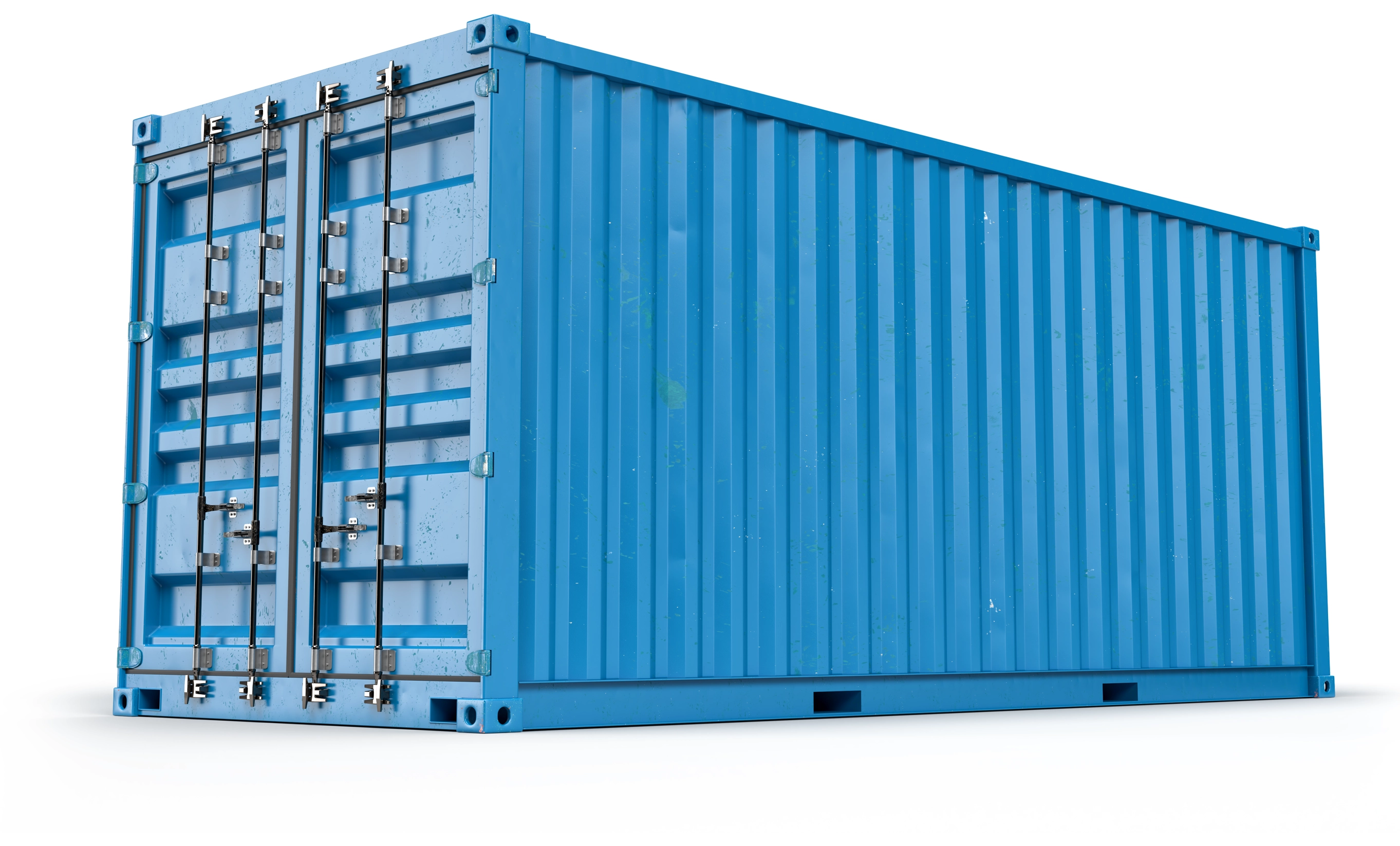 June 11, 2024 - BY Admin
June 11, 2024 - BY Admin
Containers are the backbone of modern global trade, facilitating the transportation of goods across oceans and continents. Understanding the different types and sizes of containers is essential for businesses involved in international shipping, as it enables them to select the most suitable container for their cargo and optimize their logistics operations. In this comprehensive guide, we'll explore the various container types, sizes, and their respective uses in the shipping industry.
1. Standard Container Types:
Dry Containers: These are the most common type of containers used in shipping. They are fully enclosed and suitable for transporting a wide range of dry goods, including electronics, clothing, and machinery.
Refrigerated Containers (Reefers): Reefers are equipped with refrigeration units to maintain specific temperature conditions, making them ideal for transporting perishable goods such as fruits, vegetables, and pharmaceuticals.
2. Specialized Container Types:

Flat Rack Containers: Flat rack containers have collapsible sides and ends, allowing for easy loading and unloading of oversized or irregularly shaped cargo, such as machinery, vehicles, and large equipment.
Open Top Containers: These containers have removable tops, making them suitable for cargo that exceeds the height limitations of standard containers. They are often used for transporting tall or bulky items, such as machinery, timber, and machinery parts.
3. Container Sizes:

20-foot Containers (TEU): Also known as Twenty-Foot Equivalent Units, 20-foot containers are the most common and versatile size, suitable for a wide range of cargo types. They offer a capacity of approximately 1,170 cubic feet and are often used for smaller shipments or when space constraints are a concern.
40-foot Containers (FEU): Forty-foot containers, equivalent to two TEUs, provide double the capacity of 20-foot containers, making them ideal for larger shipments or bulkier cargo. They offer approximately 2,390 cubic feet of storage space and are widely used for transporting goods of various sizes and types.
High Cube Containers: High cube containers have the same length and width dimensions as standard containers but offer increased height, providing extra space for tall or voluminous cargo. They are available in 20-foot and 40-foot sizes, offering enhanced capacity for certain types of cargo.